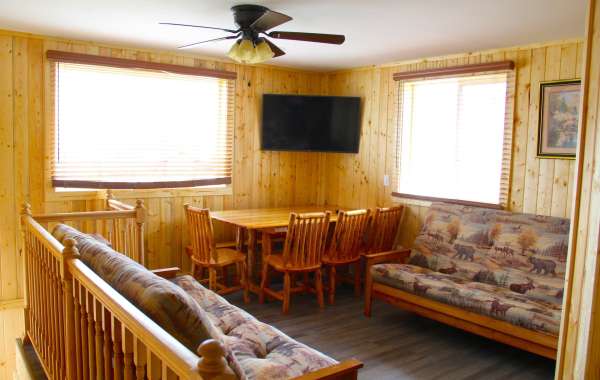The construction industry is complicated, varied, and with many intricate details that you need to keep in mind as you become an expert in the field.
One of the many specific tasks that you’ll need to be an expert in while doing work in construction is stud welding, which can be employed in a number of different projects. If you don’t know much about stud welding, you should change that as soon as possible because it’s something that can greatly assist you during your adventures in construction.
How does stud welding work? What type of weld studs are there? What does a project look like, from beginning to end? Let’s take a look at how it all works.
Preparation: The first thing you have to do with stud welding, as with any other construction project, is to ensure that everything is ready to go and you’re prepared for the next steps.
Prior to any actual welding, the metal surfaces need to be cleaned, free of imperfections, and prepared to be used. Any sort of rust, paint, or dirt needs to be removed from the surface with abrasives or some sort of cleaning solution.
Choose The Weld Stud: Next, you’ll have to select the best weld stud for the job at hand, depending on material, size, form, and other elements.
Weld studs come in a wide variety of shapes and sizes, including threaded and unthreaded studs, cuphead studs, and flanged.
Place The Weld Stud: Next, you will have to place the weld stud on the smooth metal surface at the chosen spot.
To make sure you have perfect alignment throughout the welding process, you will have to hold the stud strongly in place with a stud welding gun or some sort of other fixture.
Use The Equipment: Now you will set up the stud welding equipment, which usually comprises a stud welding machine, a welding gun, and welding supplies. Adjust the welding parameters, such as welding current, time, and pressure, according to the stud size, material thickness, and welding circumstances.
Push The Stud In: Then the stud is quickly pushed into the metal surface with a welding machine. This connects the stud to the surface, forming a strong connection.
Inspection: Now you will inspect the welded location, looking for quality and integrity, ensuring the right amount of penetration, fusion, and surface appearance.
Any sort of flaws or faults need to be discovered and corrected to ensure that the weld meets the standards and specifications of the project.
Stud welding has many different benefits over traditional welding, including better completion rates, lower heat distortion, and the ability to fuse studs to thin or irregularly shaped materials.
Stud welding gives construction works a strong and reliable connection that is suited for load-bearing and high-stress uses across a wide range of tasks and industries.








